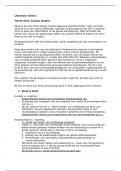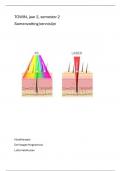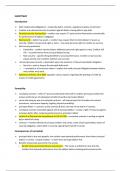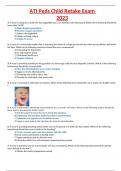Case
Case Study:Failure to Thrive (FTT)
- Course
- Institution
Failure to thrive happens unintentionally in most cases due to the improper care given to baby by their caregiver. Proper education is the key to preventing inorganic failure to thrive. Had mother known diluting the formula would affect her baby the way it did then baby would not have had such in...
[Show more]







